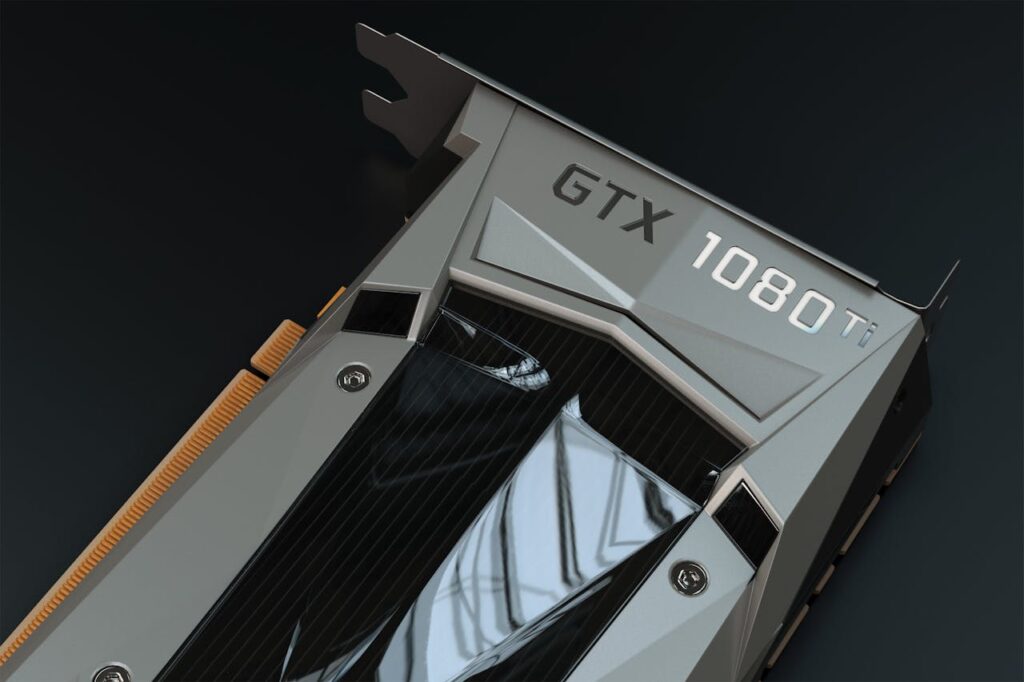
Disclosure: This article includes affiliate links. If you click and buy, I may receive a commission without any extra cost to you.
If you are building or upgrading a gaming PC in 2025, 1440p resolution is likely at the top of your list. It offers a noticeable upgrade over 1080p without requiring 4k power. It also delivers a perfect mix of crisp visuals, high frame rates, and cost-effectiveness, making it a good and preferred resolution for both casual gamers and performance-focused users.
As tech moves fast, it is a great time to upgrade your setup for QHD gaming. Whether you are aiming for ultra-smooth 165Hz performance in competitive titles or experiencing next-gen visuals in tier-one AAA games, having the right GPU is a key. This 2025 guide to 1440p gaming graphics cards covers everything from budget options to premium models, to help you level up your rig
What We Look for in The Best Graphics Cards for 1440p Gaming in 2025
Before diving into our top recommendations, we should first consider the key features of a good GPU so that you can make a good decision.
- Performance flexibility
Make sure your system can handle future games too. So you will need;
VRAM and memory bus, go for 10-16GB to keep pace with visually demanding titles
Raster Power: With 120-200+ FPS, you are ready for whatever comes next.
- Efficiency and Cooling
The cards must maintain high clock speeds under sustained 1440p loads, while keeping power consumption efficient enough to ease the demands on the PSU and cooling system.
- What it Offers
You should consider a GPU that supports upscaling technologies like DLSS 4, FSR or XeSS, as these significantly improve frame rates and visual quality.
- Price-to-Performance
You can achieve smooth gameplay and high-quality visuals without spending on the priced options, so making wise selections matters more than just having raw power.
Top Picks for the Best Graphics cards for 1440p gaming in 2025
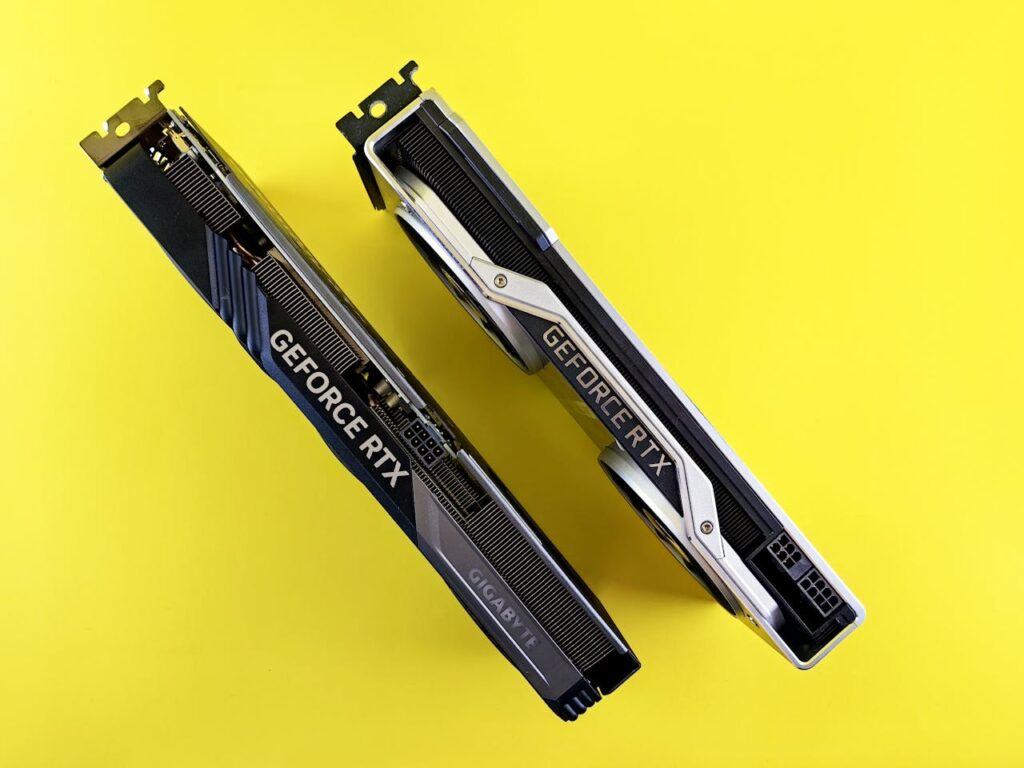
Representative image, not the actual NVIDIA GeForce RTX 5090
Specifications
- GPU Cores: 21,760
- Video RAM: 32GB GDDR7 28 Gbps
- GPU Clock Speed: 2437 MHz
- TGP: 575 W
Reasons to Buy
- The highest-end graphics card of the current lineup
- Delivers elite performance in ray tracing, AI and next-gen resolution gaming
- Efficient cooling and quiet operation
- Tons of memory and great speed
Reasons Not to Buy
- High premium pricing
- Performance gains may not justify a premium for all users
- Higher power consumption
Although the RTX 5090 shines as a top performer, it is not easy to obtain. Availability of individual GPUs has been minimal, and most listings from both retailers and secondhand sources reflect the difficulty in acquiring the card or high price tags. Some system builders offer high-end PCs that include the RTX 5090, which could be a more straightforward option for those replacing their entire rig.
For 1440p gamers chasing top-tier performance, the RTX is a powerhouse, but its limited availability and high cost make it a tough value choice for most users.
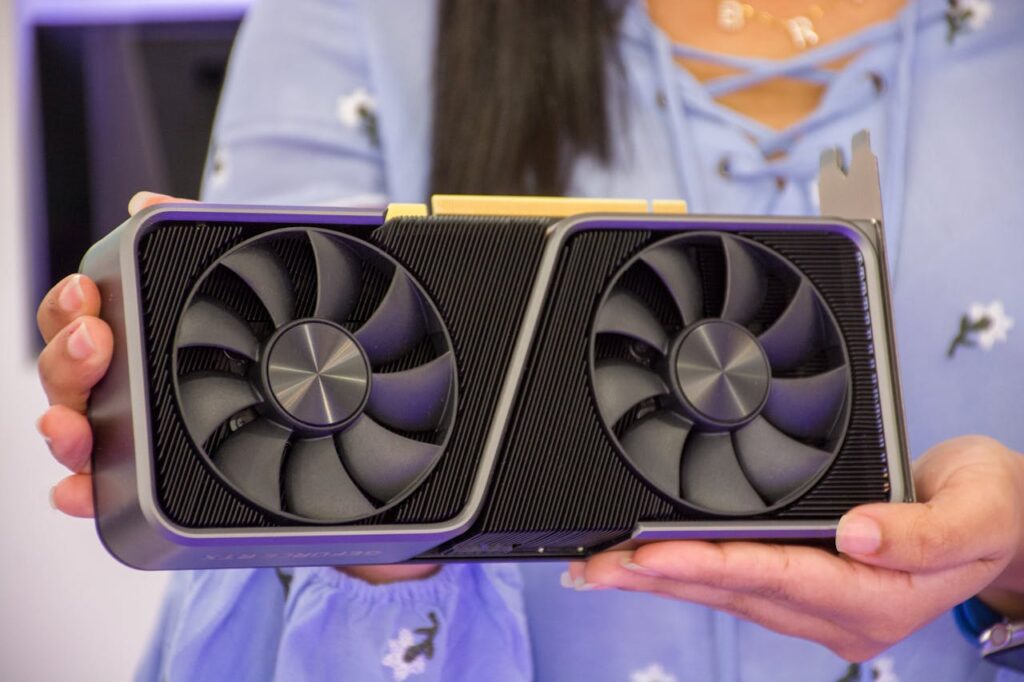
Representative image, not the actual AMD Radeon RX 9070
Specifications
- GPU Cores: 3584
- Video RAM: 16GB GDDR6 20 Gbps
- GPU Clock Speed: 2070 MHz
- TDP: 650 W
Reasons to Buy
- Excellent 1440p gaming performance
- 16GB of VRAM without breaking the bank
- Advanced AI features with immersive ray tracing
- MSRP-aligned pricing with good availability
- Efficient power consumption
Reasons Not to Buy
- Weaker ray tracing performance compared to Nvidia
- Priced higher than the base MSRP
The AMD Radeon RX ranks as the second best graphics card right now. It offers an impressive performance, reasonable pricing, and good availability. It outpaces the RX 5070 in both 4K and 1440p gaming, even though they share the same official price tag.
Nvidia still leads in software and unique features, so choosing between them depends on whichever is better priced when you are ready to buy. But both offer excellent value.
With RDNA 4, AMD shifts back to a monolithic design that emphasizes broader performance gains over flagship competition. This architecture boosts ray tracing, AI, and overall efficiency, while also enhancing video encoding, making it a strong successor to RDNA 3.
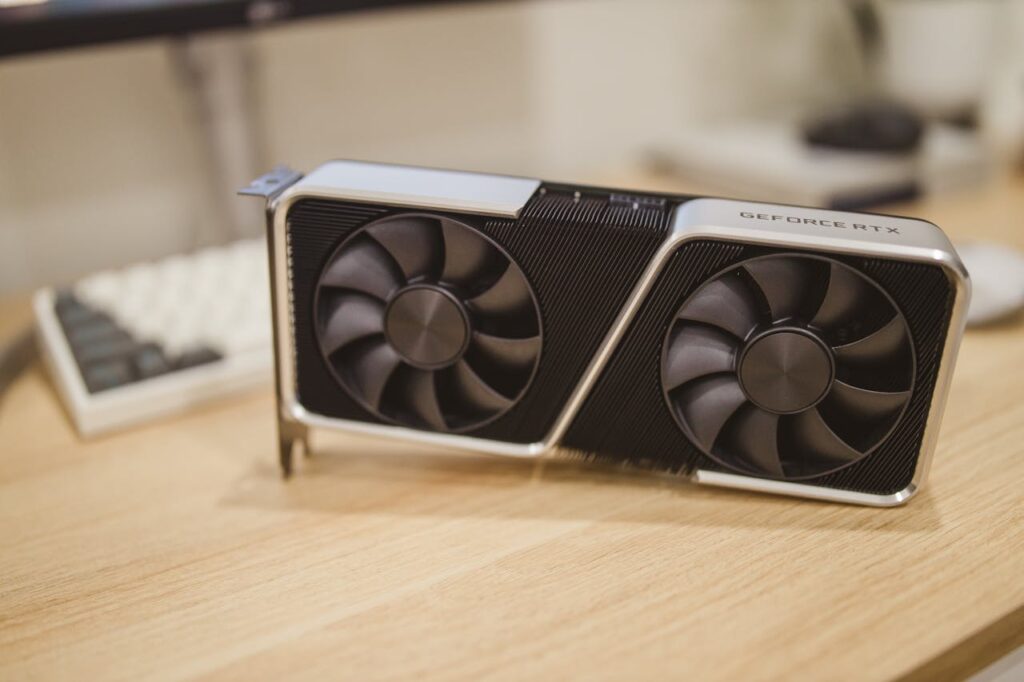
Representative image, not the actual Nvidia GF RTX 5080
Specifications
- GPU Cores: 10,752
- Video RAM: 16GB GDDR7 30 Gbps
- GPU Clock Speed: 2295 MHz
- TDP: 360 W
Reasons to Buy
- Power efficiency and quieter under the load
- Latest GPU tech and features from Nvidia
- Outstanding 1440p gaming performance
- Available at a significant markup over MSRP
Reasons Not to Buy
- Limited VRAM
- High retail price and limited availability
- Not designed for peak performance scenarios
NVIDIA’s GeForce RTX 5080 currently stands as one of the most powerful high-end graphics cards available, but it offers modest improvements over its predecessor. Gains are in the single-digit range for most tasks, making it a solid but not transformative upgrade. The performance gap to the flagship model is wider than before, which may influence upgrade decisions for those expecting major gains.
The card benefits from Nvidia’s updated DLSS 4 and Multi Frame Generation(MFG), which now leverages AI tensor cores for better performance and image quality. MFG delivers smoother gameplay, though the performance gains aren’t as dramatic as the numbers imply. With better availability and slightly more reasonable pricing, it’s not a justifiable buy for those seeking bigger performance boosts.
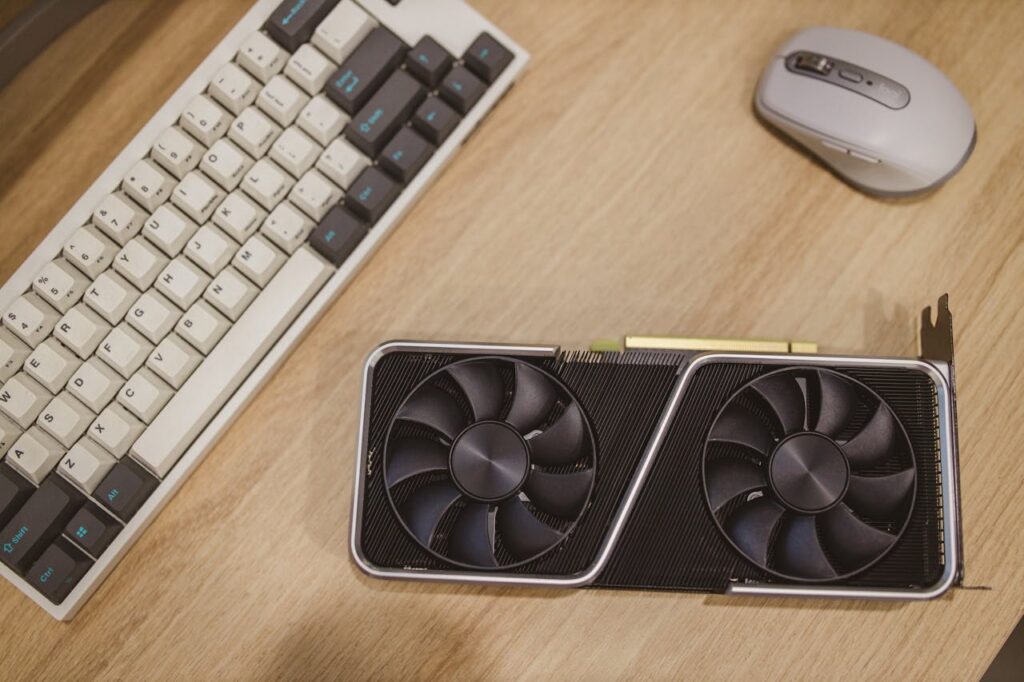
Representative image, not the actual AMD Radeon RX 9070XT
Specifications
- GPU Cores: 4,096
- Video RAM: 16GB GDDR6 20 Gbps
- GPU Clock Speed: 3100 MHz
- TDP: 304 W
Reasons to Buy
- Powerful RDNA 4 design
- Huge 16GB VRAM
- Advanced AI integration with FSR 4
- Exceptional 1440p raster performance
Reasons Not to Buy
- Priced above market value
- Not as advanced as Nvidia in software capabilities
The RX 9070 XT delivers an impressive midrange performance, offering excellent 1440p performance with high frame rates and strong visual fidelity. The addition of FSR 4 and improved ray tracing features makes it more versatile, but Nvidia remains the front-runner in these departments.
For gamers who want powerful 1440p performance and strong overall value, this card is an excellent pick. However, those prioritizing top-tier ray tracing, AI features or compact PC requirements, other GPU options might be worth considering.
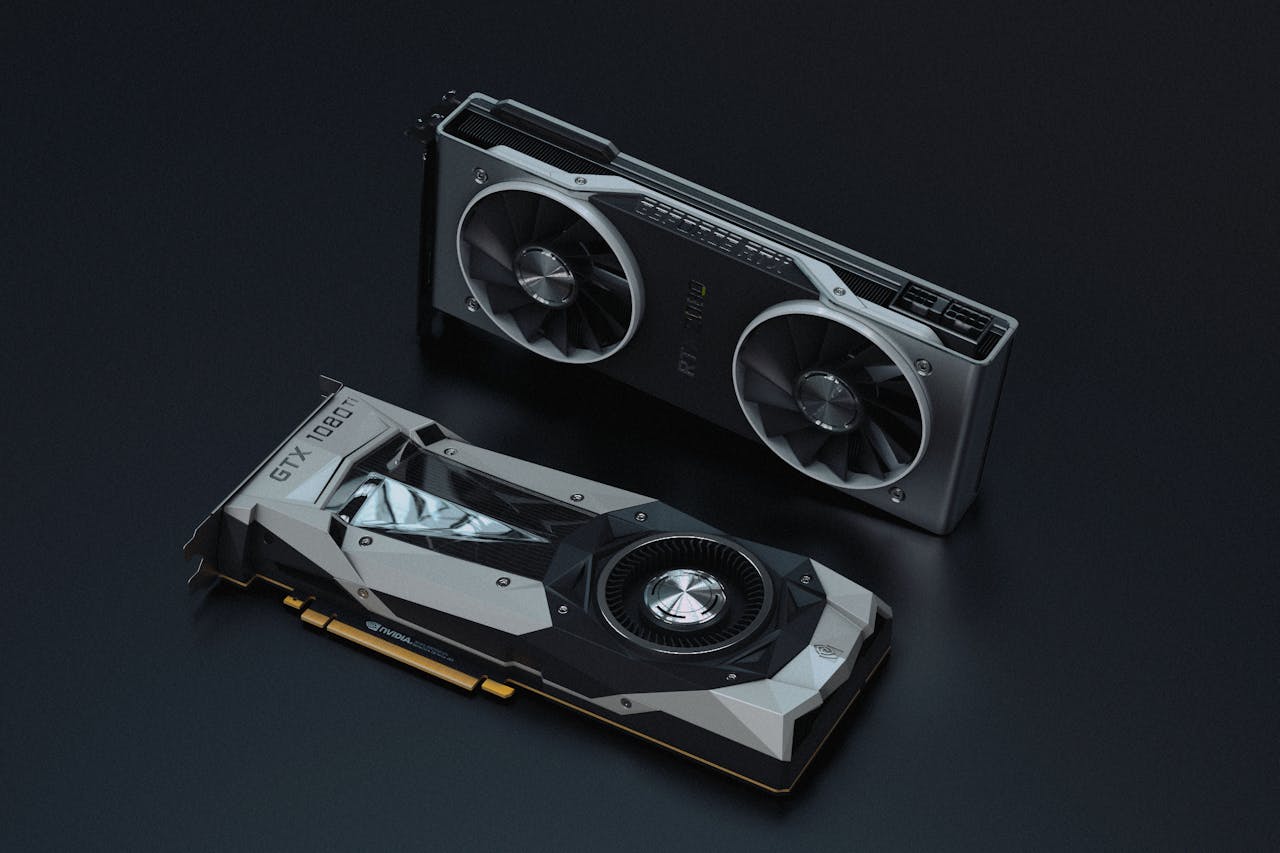
Representative image, not the actual Nvidia GeForce RTX 5070 Ti
Specifications
- GPU Cores: 8,960
- Video RAM: 16GB GDDR7 28 Gbps
- GPU Clock Speed: 28 Gigabits Per Second
- TDP: 300 W
Reasons to Buy
- Strong 1440p performance
- Latest Nvidia architecture and features
- Equipped with 16 GB VRAM and a 256-bit memory interface
Reasons Not to Buy
- High price and limited availability
- Modest generational performance improvement
- Unproven performance from multi-frame generation
- High power consumption
For 1440p gaming, the RTX 5070 Ti is a powerhouse, offering robust frame rates, top-tier ray tracing with DLSS 4 and MFG, also delivering elite level responsiveness for competitive play. It is especially well-suited for gamers looking to maximize visual fidelity and speed.
For optimal value, this card should be purchased near MSRP and installed in a system with an adequate CPU, power delivery and cooling. It provides great future-proofing for anyone moving up from GPUs that are at least two generations behind.
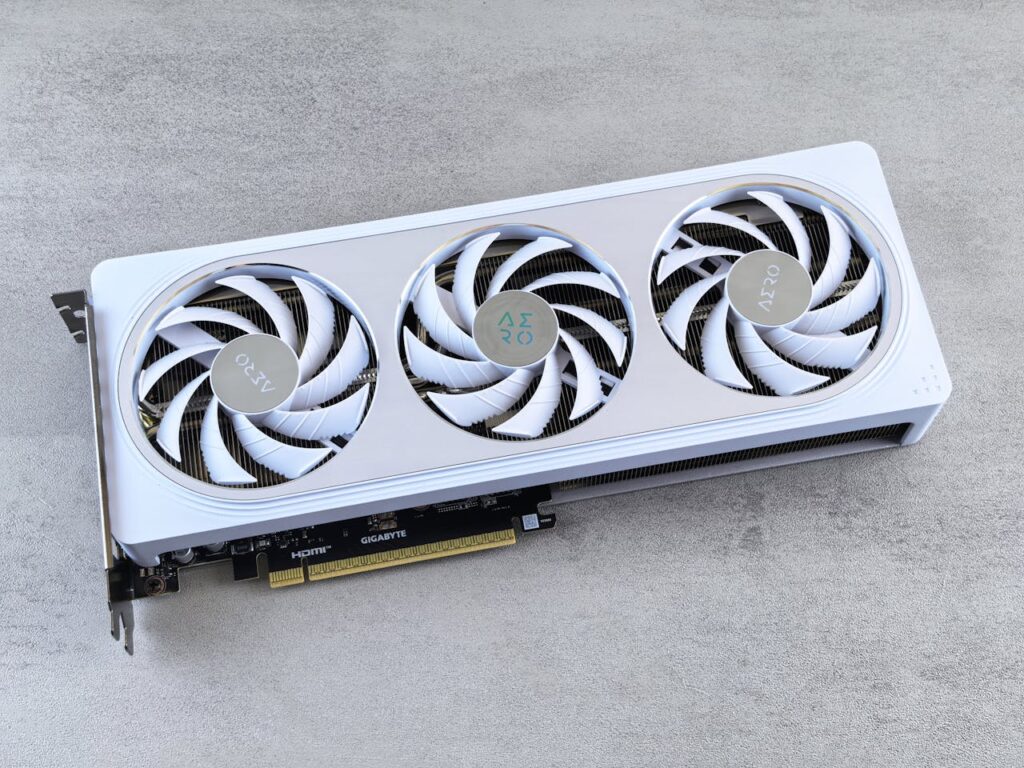
Representative image, not the actual Intel Arch B580
Specifications
- GPU Cores: 20 Xe2 cores
- Video RAM:12GB GDDR6 19 Gbps
- GPU Clock Speed: 2670 MHz
- TGP: 190W
Reasons to Buy
- Excellent price-to-performance
- Supports the latest graphics features
- Efficient and quiet
Reasons Not to Buy
- Driver issues have yet to be fully solved
- Ray tracing is outpaced by Nvidia
The Intel Arc B580 is a strong candidate for 1440p gaming, thanks to its sufficient 12GB VRAM and wider 128-bit memory interface, which allow it to maintain performance at higher resolutions where other cards with less memory might struggle. It tends to outshine some competitors at 1440p gaming, offering smoother frame rates and better texture handling. Driver updates have continued to enhance compatibility and performance, making it a more stable choice over time.
Its balance of performance and features makes it attractive for gamers targeting 1440p. Intel’s growing driver support and upscaling tech like XeSS add extra appeal, even as it continues catching up to more established competitors. With better availability and competitive pricing, the Arch B580 is a good choice for 1440p gaming.
FINAL THOUGHT
For gamers targeting 1440p in 2025, the GPU landscape is rich with powerful options. Whether you are chasing ultra-high frame rates, ray tracing performance, or future-ready architecture, this year’s lineup has something for every type of gamer.
The Nvidia GeForce RTX 5090 stands out as the ultimate powerhouse, while the RTX 5080 and 5070 Ti deliver excellent performance for high frame rate setups. AMD’s Radeon RX 9070 and RX 7090 XT continue the legacy of delivering excellent performance and efficiency, while Intel’s Arch B580 is an outstanding option for gamers who want a budget-friendly GPU.
In summary, the best graphics card for 1440p gaming in 2025 depends on your specific needs like your budget, performance targets or brand preference. All the GPUs reviewed in this guide are well-positioned to handle the latest AAA titles and competitive esports alike. By making the right choice, you will enjoy smooth gameplay, crisp visuals, and future-proof tech for years to come.
